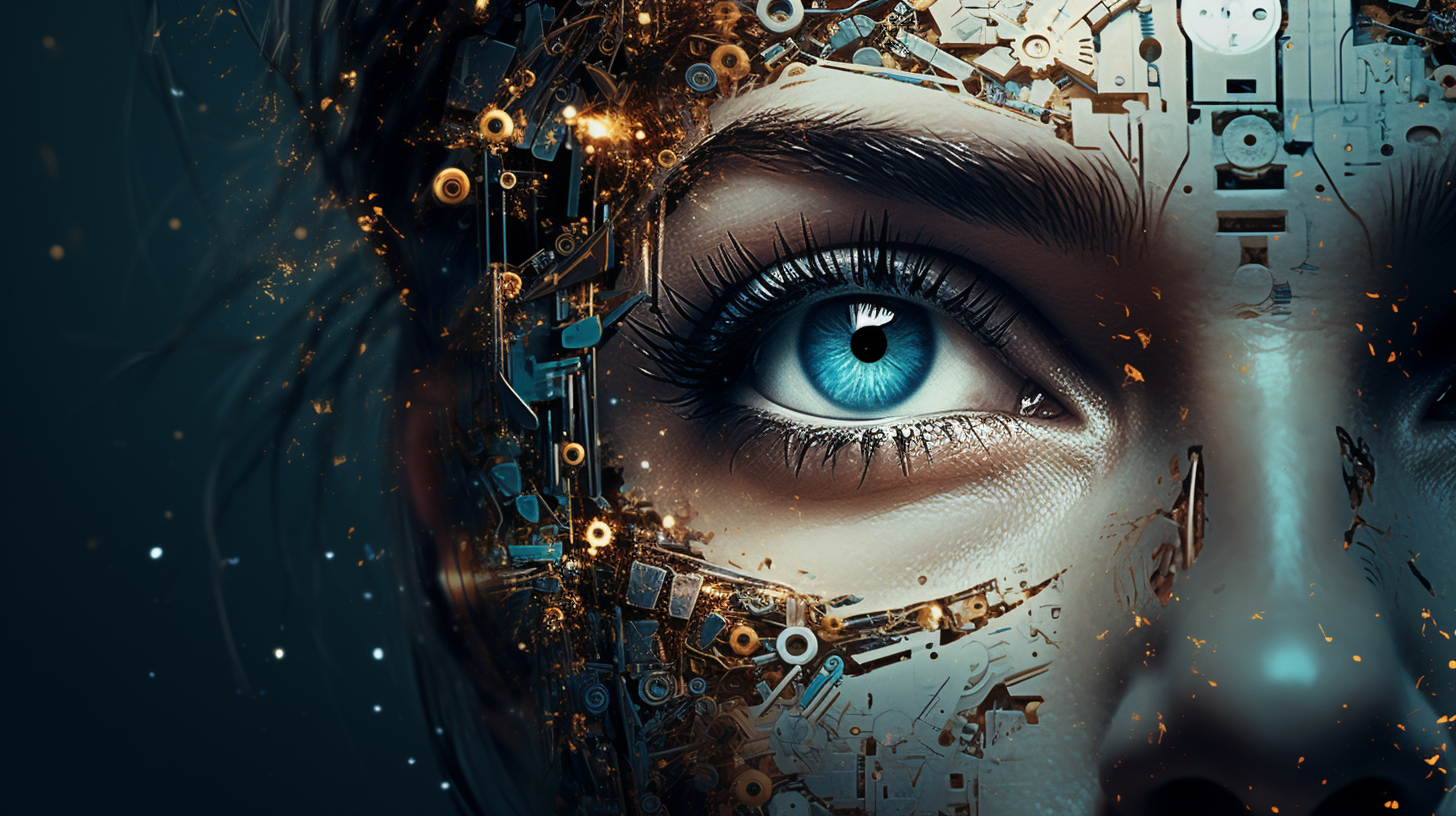"You never really understand a person until you consider things from his point of view... Until you climb inside of his skin and walk around in it." These profound words from To Kill a Mockingbird remind us that empathy is key to understanding others, whether in real life or in the pages of a novel. Yet even Atticus Finch would admit there are limits to what we can know of another's inner world.
Or are there? Advances in artificial intelligence may allow us to peer into the psychological depths of fictional characters as never before. By analyzing patterns in language and metaphor, these AIs can map the contours of a character's mind with remarkable insight.
As you read on, consider how this technology might shift your own relationship with literature and its inhabitants. Will learning the hidden dreams and demons of your favorite heroes and villains change how you see them?
Digging for Psychological Insights
So how does this work exactly? To psychoanalyze a character, an AI ingest thousands of words written about them. It notes emotional tones, metaphors and symbols that provide windows into their inner lives. An AI can track how specific images and idioms recur at telling moments in a narrative arc. It observes language patterns surrounding key relationships and events, revealing suppressed memories, secret motivations and more.
In this way, today's algorithms mine the rich seams of imagery and metaphor that writers embed, often unconsciously, throughout their texts. They leverage these clues to model the mental blueprints underlying fictional personalities.
Of Mice and Men's Gentle Giant
Take the example of Lennie Small, the hulking yet childlike farmhand from John Steinbeck's classic Of Mice and Men. On the surface, Lennie comes across as a simple and docile man. But further linguistic analysis uncovers the roots of his innocence and volatility.
An AI might trace how nature imagery flows through descriptions of Lennie: bear paws for hands, a horse-like jaw, a love of soft things. It finds his emotional world compared to animals throughout the story. We learn Lennie thinks with his senses and instincts more than intellect. He craves touch, belonging and praise.
So when the world treats him as beast, he responds in kind. Under threat, his reactions turn aggressive, even lethal. He lacks understanding of boundaries or consequences. Nonetheless, his fierce loyalty to friends reveals a gentle inner compass few perceive.
Thus, AI can excavate the stream-of-consciousness elements with which writers sculpt their characters. It brings explicit dimensions implied between the lines on the page.
Holden Caulfield Under the Microscope
Or consider J.D. Salinger's poster child for teenage angst: The Catcher in the Rye's Holden Caulfield. His first-person narration brims with colorful observations about the "phonies" around him. Yet he reveals little directly about his own motivations. An AI psychoanalyzer can decode signs of depression, isolation and hidden insecurities.
It notes Holden's fixation on the ducks in Central Park—a symbol of his longing for connection. It spots allusions linking his brother's death to risks Holden now takes. An AI maps Holden's tangled network of relationships to highlight sources of grief and affirmation. In this way, it lays bare the psychological fault lines causing Holden's worldview to quake and bend.
AI as Co-Critic
As these examples suggest, AI has potential to be a co-critic, augmenting how we discuss and engage with texts. It can spark analysis from new vantage points.
Consider your favorite protagonists as if glimpsed through an AI looking glass. What fresh hypotheses might emerge? Could algorithms help literature critics build new theories of tragedy and the human condition? Might creators invent sharper, more compelling characters equipped with algorithmically derived psychologies?
And will readers connect differently to characters, knowing them potentially better than we know ourselves? For is not self-knowledge also partly fiction, filled with rationalizations and blindspots?
As AI holds up lenses to beloved stories, new visions emerge that illuminate both page and person. Because in truth, all fictions—like friendships worth keeping—reveal latent truths about the real world we share. So climb inside another's perspective, fictional or otherwise, and walk around awhile. For empathy remains the light by which we might yet see ourselves more clearly.


